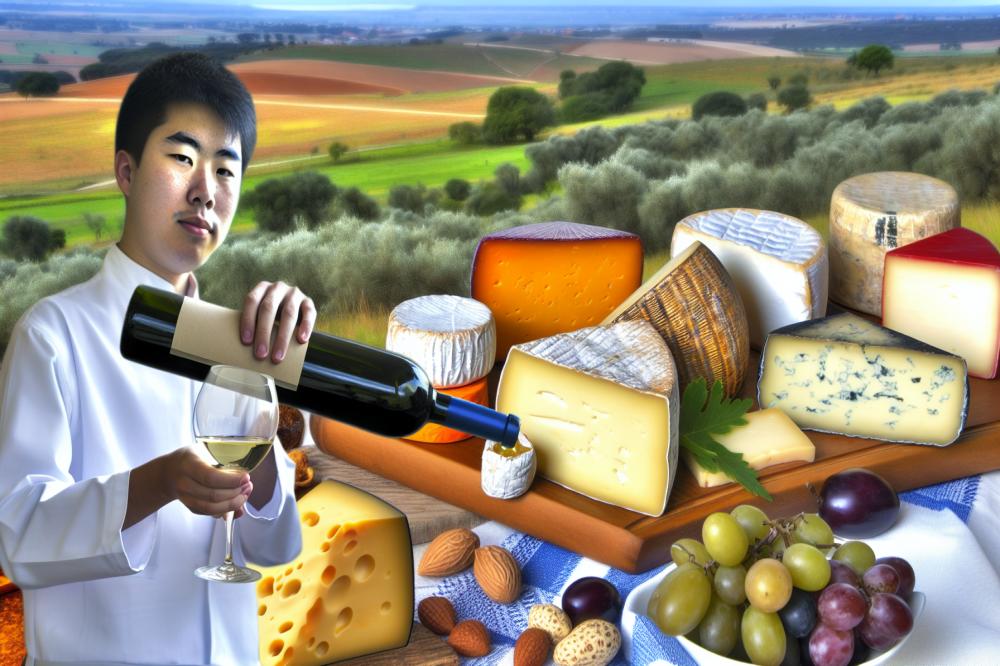Regional Differences in Portuguese cheese Flavors
Portugal is known for its mouthwatering cheeses that tell stories of its diverse regions. From the rugged mountains of the north to the sunny plains of the south, each area has distinct flavors. This variety showcases the richness of the land and the traditions of its people. Every bite can take you on a journey through history and culture, revealing the heart of Portuguese culinary practices.
Historically, cheese-making has played a crucial role in Portuguese life. Generations have passed down techniques, celebrating local resources and flavors. The art of crafting cheese often reflects the identity of a community. This connection forms a bond, as families gather to enjoy these delightful products. Cheese is not just food; it symbolizes heritage and craftsmanship.
Regional differences enhance the flavor profiles found in Portuguese cheese. Each local producer uses specific techniques and ingredients that alter the taste. The different climates, pastures, and traditions contribute to the final product. Understanding these regional flavors can deepen appreciation for the cheese and its origins. Sampling varieties from different areas provides insight into the local culture while expanding your palate.
regional flavors
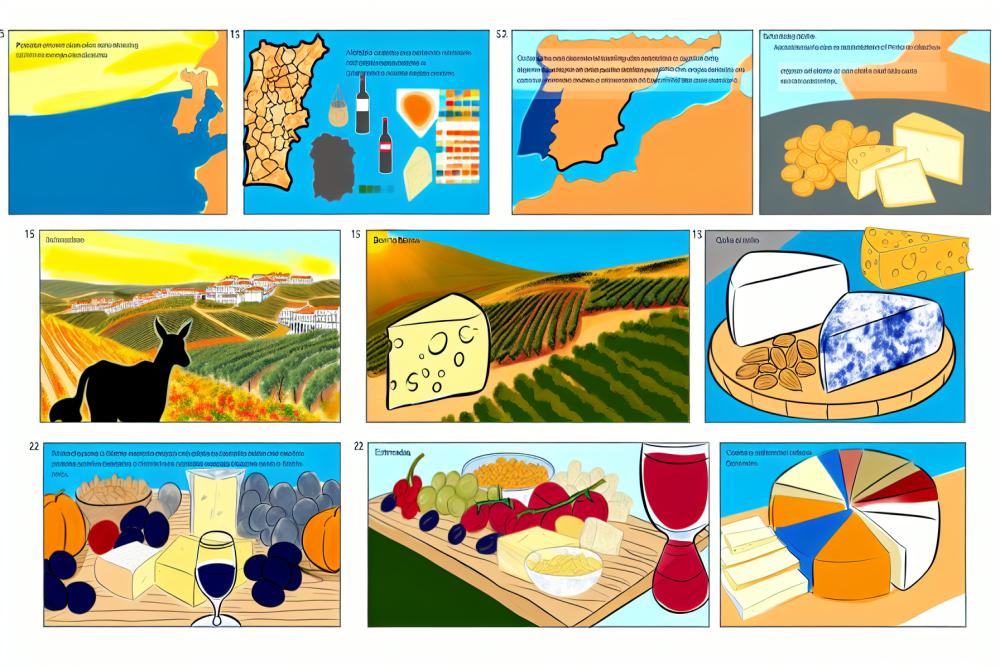
Portugal boasts a rich tapestry of cheese varieties that reflect its diverse regions. Each area contributes distinct flavors and textures, shaped by local traditions and the environment. Here, we explore some key cheeses from notable regions.
Alentejo – Queijo de Évora
In Alentejo, Queijo de Évora stands out. This cheese is made from sheep’s milk and is known for its creamy texture and mild taste. It often has a slightly tangy flavor that becomes more pronounced with aging. Cheesemakers in this region embrace traditional methods, ensuring authentic results. The expansive pastures of Alentejo play a crucial role in shaping the milk’s quality.
Beira Baixa – Queijo da Beira Baixa
Heading northward to Beira Baixa, you will find Queijo da Beira Baixa. This semi-hard cheese is also crafted from sheep’s milk. Its flavor is robust and fuller, often with nutty notes and a touch of saltiness. Artisan methods dominate production, allowing local customs to enrich the taste. The rugged mountain terrain and climate influence the grazing, resulting in unique flavors.
Minho – Queijo de Nisa
Moving to the northwest, Queijo de Nisa from Minho is a standout. This cheese boasts a crumbly yet creamy texture. Its flavor profile leans towards the tangy side, often delightful for those who enjoy sharper tastes. The influence of local flora on the grazing sheep can be appreciated in every bite. Seasonal variations affect the flavor, making each batch a little different.
Estremadura – Queijo São Jorge
In Estremadura, Queijo São Jorge offers a unique experience. This cheese, originating from the Azores but popular here, is firm and flavorful. It features a slightly spicy kick that many cheese lovers appreciate. The volcanic soil of the Azores enriches the grass that the cows graze on, creating a distinct taste sensation. It’s perfect for pairing with crusty bread or olives.
Geography and climate heavily impact cheese production in Portugal. Elevation, soil type, and weather conditions all shape the flavors of the milk used. Each regional cheese tells a story of its land. Producers adapt their techniques to match these environmental factors, enhancing each cheese’s character. Enjoy exploring these delightful varieties that celebrate the richness of their origins, and savor the unique tastes they hold.
Recipe: Portuguese Cheese Board
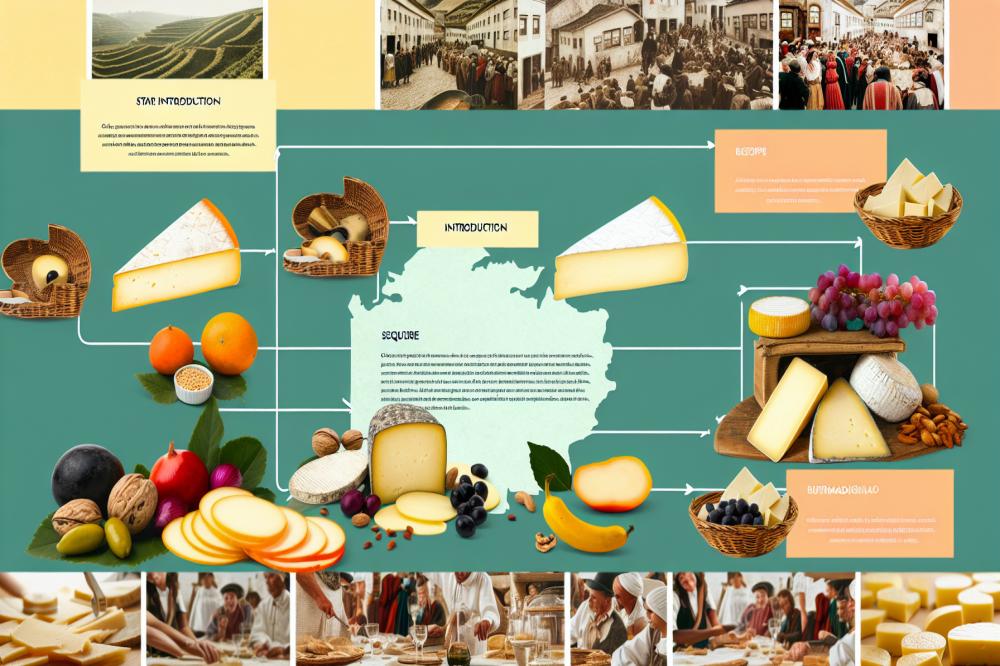
Ingredients
Begin by gathering a variety of cheeses from Portugal. Consider choices like Serra da Estrela, Azeitão, and Queijo de Nisa. Each cheese offers distinct flavors and textures. Adding accompaniments can elevate your board.
Include olives, both green and black, for a briny kick. Almonds and walnuts provide a nice crunch. Fresh fruits such as figs, grapes, or sliced apples introduce sweetness.
Instructions
Start by selecting a large wooden or marble board as your base. Arrange the cheeses first. Space them out, allowing easy access for guests. You may want to cut some into wedges or cubes for convenience.
Next, fill in the gaps with your selected accompaniments. Scatter the olives and nuts around the cheese. Place the fruits nearby for visual appeal. This setup invites exploration.
For an extra touch, consider drizzling honey over certain cheeses. It adds a delightful contrast to stronger flavors. You can also include a small dish for toothpicks or cheese knives.
Pairing Suggestions
Matching cheeses with local wines enhances the experience. Try a robust red wine like a Dão or a refreshing white such as Vinho Verde. Each sip complements the flavors on the board.
Don’t hesitate to experiment with pairings. Everyone’s palate is different. Encourage guests to taste various combinations and discover their favorites.
Nutritional Information and Health Benefits
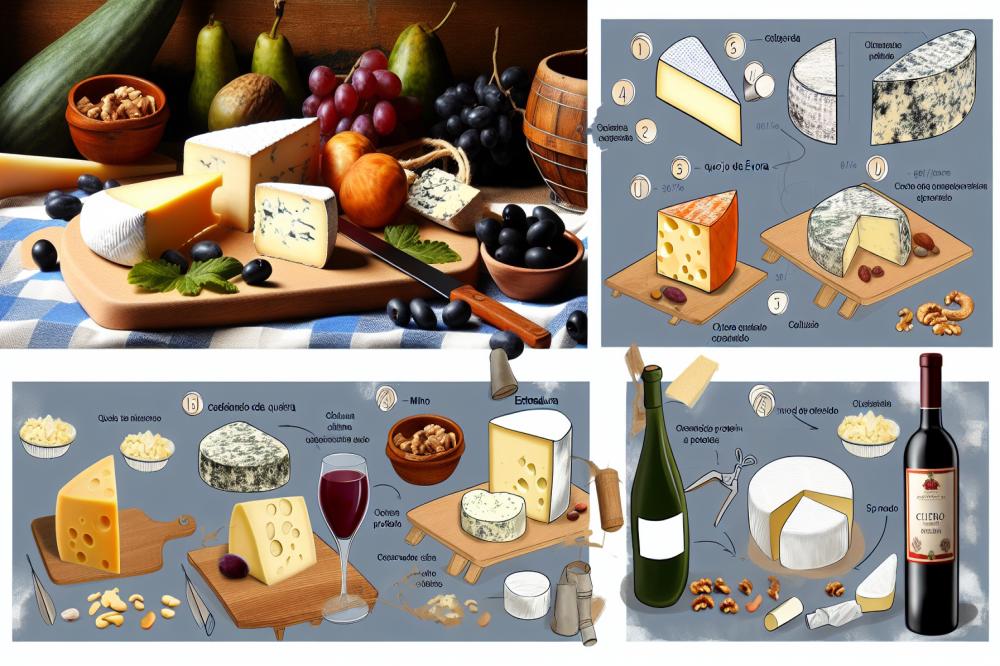
When enjoying Portuguese cheeses, it’s helpful to know what’s packed inside. Most varieties are rich in essential nutrients. A typical serving of cheese often contains protein, calcium, and other vitamins that support a healthy diet.
Protein is key for muscle development and repair. Consuming cheese can significantly contribute to your daily intake. Many people need protein for energy and overall body function, and these dairy products deliver that with great taste.
Nutritional Breakdown of Typical Portuguese Cheeses
Calcium is another standout nutrient found in cheese. Strong bones and teeth require sufficient calcium. Including cheese in meals can help strengthen your skeletal system. In addition, certain cheeses contain vitamin A, which supports vision and immune health.
Aside from these, many cheeses are natural sources of probiotics. Probiotics promote gut health and can be beneficial for digestion. Regular intake of these good bacteria helps maintain a balanced intestinal flora.
Health Benefits of Moderate Cheese Consumption
Moderate cheese consumption can lead to many health perks. When enjoyed in reasonable portions, these dairy delights can fit well into most diets. Cheese adds flavor and can make meals more satisfying.
Moreover, enjoying cheese might help in reducing the risk of heart disease. Certain studies suggest that fermented dairy might support heart health when eaten in moderation. This is an important factor to consider when making food choices.
Incorporating cheese into meals can also promote satiety. Many people find that it helps them feel full longer. This can reduce the temptation to snack excessively, leading to healthier eating habits.
Ultimately, understanding nutritional benefits makes cheese even more appealing. Flavorful and nutrient-dense, it fits nicely into various diets. Embrace the pleasure of these cheeses while reaping their health rewards.
Final Thoughts on Portuguese Cheese
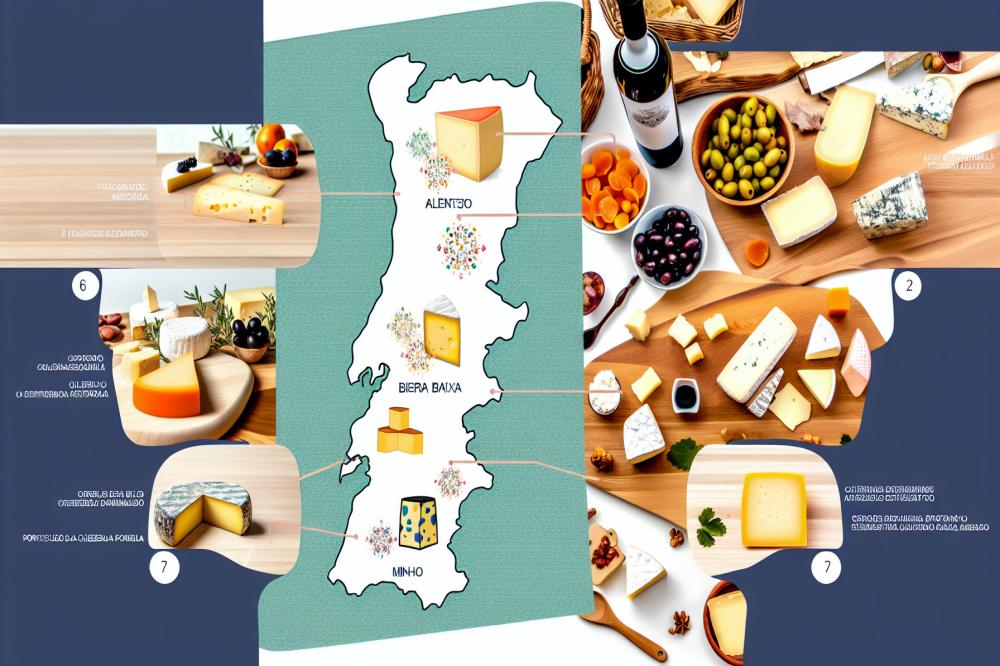
The world of cheese in Portugal is a stunning tapestry of flavors and textures. Each region offers something special, from the creamy textures of Serra da Estrela to the tangy notes found in Azeitão. This diversity reflects the rich agricultural practices and traditions that have been passed down through generations.
Exploring different cheese varieties can be an exciting adventure for any food lover. Every bite reveals a story, shaped by the land and the people who create it. Tasting these cheeses is not just about flavors; it’s about understanding the heart and soul of Portugal. Visiting local markets or cheese shops can open doors to discovering new favorites.
Cheese holds a significant place within Portuguese culture. It serves not only as a food item but as a centerpiece for gatherings and celebrations. Sharing these products brings people together, encouraging bonds over shared tastes. In many ways, cheese symbolizes hospitality and the warmth of community.
Venture beyond the well-known and embrace the lesser-known discoveries. Each region has its own character and charm. Take the time to enjoy the diverse offerings. You may find a new favorite that resonates deeply with you. Portugal’s cheese scene is waiting to be explored!

